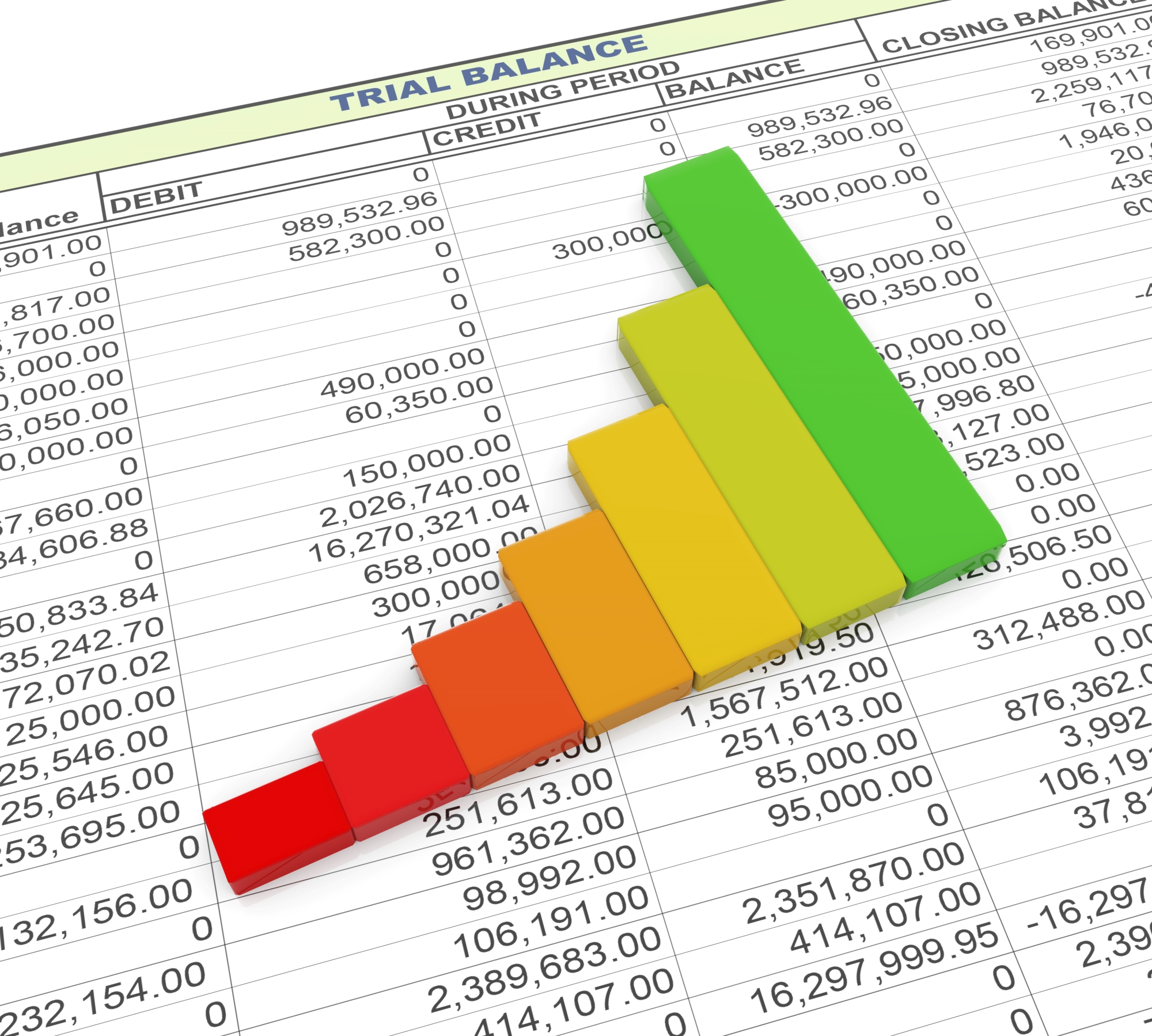
7 Easy Cash Flow Management Tips for Small Businesses
Businesses require strong cash flow management to maintain a healthy cash position. Remember that “cash is king,” and a healthy cash flow position will keep that kingdom running. Even when you’re not making profits. But many small and medium-sized businesses don’t pay a lot of attention to cash flow management. Or even know how to manage their cash flows. Lack of cash flow management is one of the reasons why these businesses fail in no time.
First, profits and cash flow are different things. You’ve probably seen a business with huge profits on the balance sheets but still end up bankrupt. That’s because the money coming into the business is less than what goes out. This makes it difficult for the business to run its operations. That’s why cash flow management is necessary.
The Basics of Cash Flow Management
Cash flow is the movement of funds within your business, in and out. For a healthy cash flow position, you need to track any money that comes in and out of your company’s account. The two types of cash flow are;
- Positive cash flow – when the amount of money coming into your business from accounts receivable and sales is more than what leaves your business through payments like accounts payable, payroll, and monthly expenses.
- Negative cash flow – happens when your cash outflows are more than your cash inflows. Negative cash flow is definitely a sign of trouble. However, with a little management, you can turn it into a positive cash flow.
7 Cash Flow Management Tips
1. Keep Simple, Accurate, and Up to Date Books
Your small business’s finances and cash flow are only as good as your bookkeeping is. Keep it simple, accurate, and always up to date. A spreadsheet is also an excellent tool to start with, but these can get quite complicated, especially if maths and accounting are not your forte.
There is numerous online accounting software that you can use, some of which are free to help you. With these, you can track your customers, vendors, payroll, and taxes. You can also generate reports like income statements, balance sheets, and even a cash flow statement to understand your small business’s financial health better.
You can also hire an accountant to help you with accounting, like managing your payables, receivables, and taxes. If you are too busy, you might not have enough time to keep these records updated, and an accountant can do these for you while you run the business.
Related read: Accountant vs Bookkeeper: Which One Do You Need?
2. Request for Downpayment/Deposit Payments
You can request your customers to pay a downpayment/milestone/deposit before delivery. Your client might not oblige, but it doesn’t hurt to ask. If your work requires a significant amount of effort or money to deliver, that “small” deposit you get will save you from using all of your company’s finances for any purchases. It also protects you from non-paying clients.
That includes companies dealing with products like construction and services like web and graphic designers. You can include a clause in your quotations showing you require a particular percentage, e.g., 50% as a deposit, so your clients know in advance.
3. Ask for Early Payments From Customers
If your customers can pay faster, it means you’ll have money to manage your business’s needs. But that doesn’t always work, especially if there’s no incentive. Your customer is also in business and is trying to keep as much money as possible in their business. One way to go about this is by offering discounts.
You can have a 2/10, Net 30 clause, meaning the client receives a 2% discount if they pay within ten days. If not, the customer will pay the full invoice amount in thirty days. It doesn’t hurt to use clearer and more straightforward terms, which might even entice the customer. Something like “Receive a 2% discount by paying within ten days” or something along those lines.

4. Delay or Reduce Expenses
If early payment enticements don’t work, you can also delay or find a way to reduce your company’s expenses. As a small business owner, you have more control over your personal expenses. That means reducing any personal expenses catered by the company, like your salary, takeouts, and vacations.
For small businesses dealing with products, consider exhausting the existing inventory before ordering more. If you’re in the services industry, organize your calendar and spend less time on the same project. Also, consider low-cost inputs but do not compromise on the quality.
Another way to reduce expenses is to work with freelancers, contract employees, or hire employees on a part-time basis and save on full-time employees. I am not saying full-time employees are not ideal. But if you cannot afford to keep one or even pay for other expenses like meals and medical benefits, an alternative will keep your business running and save some costs.
If you cannot reduce your expenses, find a way to delay any payments. You can start by talking to your vendors and negotiating better terms, like payment after 45 days instead of 30 days. Some vendors might extend the payment terms, others might not, but it’s worth exploring the option. Alternatively, you can offer an assurance of payments with Post Dated Cheques(PDCs) for a longer payment time and ensure your account has money to clear that cheque on its due date.
Related read: What are Business Expenses? Here’s What You Need To Know
5. Consider Invoice Financing/ Factoring
Invoice financing, invoice factoring, or invoice discounting is when you sell your invoices (accounts receivable- AR) to a factoring company at a discount. Mostly, a factoring company will extend about 70 to 90 per cent of your invoice’s value upfront. The factoring company will remit the remaining balance, minus their fees, if any when your client pays for the invoice.
For example, if your payment terms are 60 days, you can sell a customer’s invoice to a factoring company and receive money immediately rather than waiting for 60 days for the client to pay.
6. Purchase Order Financing
Unlike invoice factoring, where you have delivered the service or product and are awaiting payment, purchase order financing works the other way. With purchase order financing, the financing company will pay your supplier, allowing you to acquire the inventory or merchandise you need to fulfil your customer’s order.
Purchase order finances ensure that you do not fail to deliver on big orders for lack of enough finances. It can also save you from using your business’s existing finances to fulfil purchase orders of significant amounts.
7. Dispose of Assets
If you have idle equipment, consider selling or leasing it. The same goes for the inventory that is obsolete or is about to go, which you can sell at a discount. With both, you can make some quick cash and create space, especially in a storage centre. You will save the fees you pay for the storage space or let it out if your warehouse is for some extra bucks.
Final Word
In conclusion, all the cash flow management strategies will not apply to every business. However, you can use a mix of them to manage your company’s cash flows. Ensure that you keep track of your company’s cash flow weekly, monthly, and quarterly. I’d recommend getting accounting software that can generate automatic reports once you feed the data.






